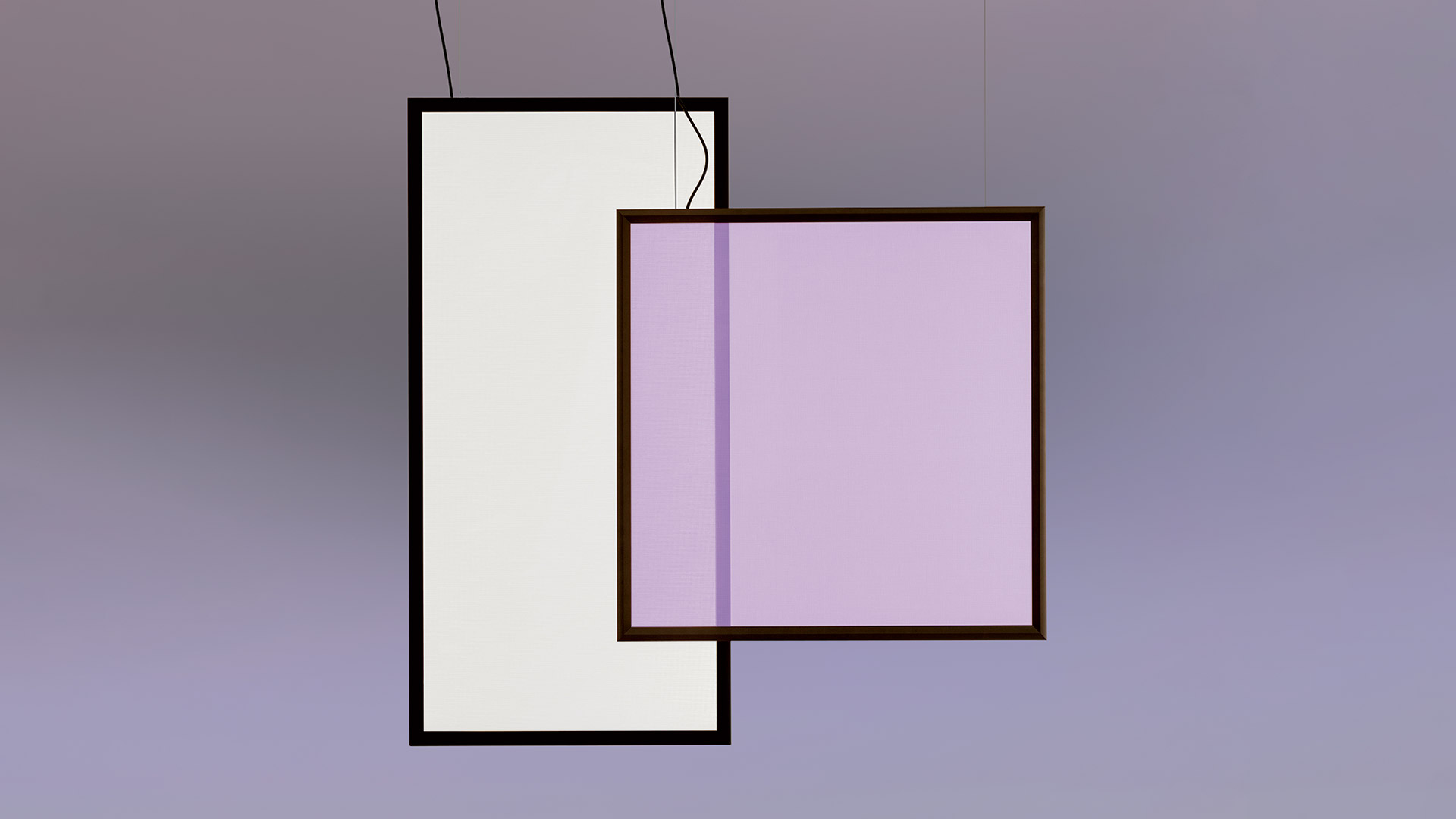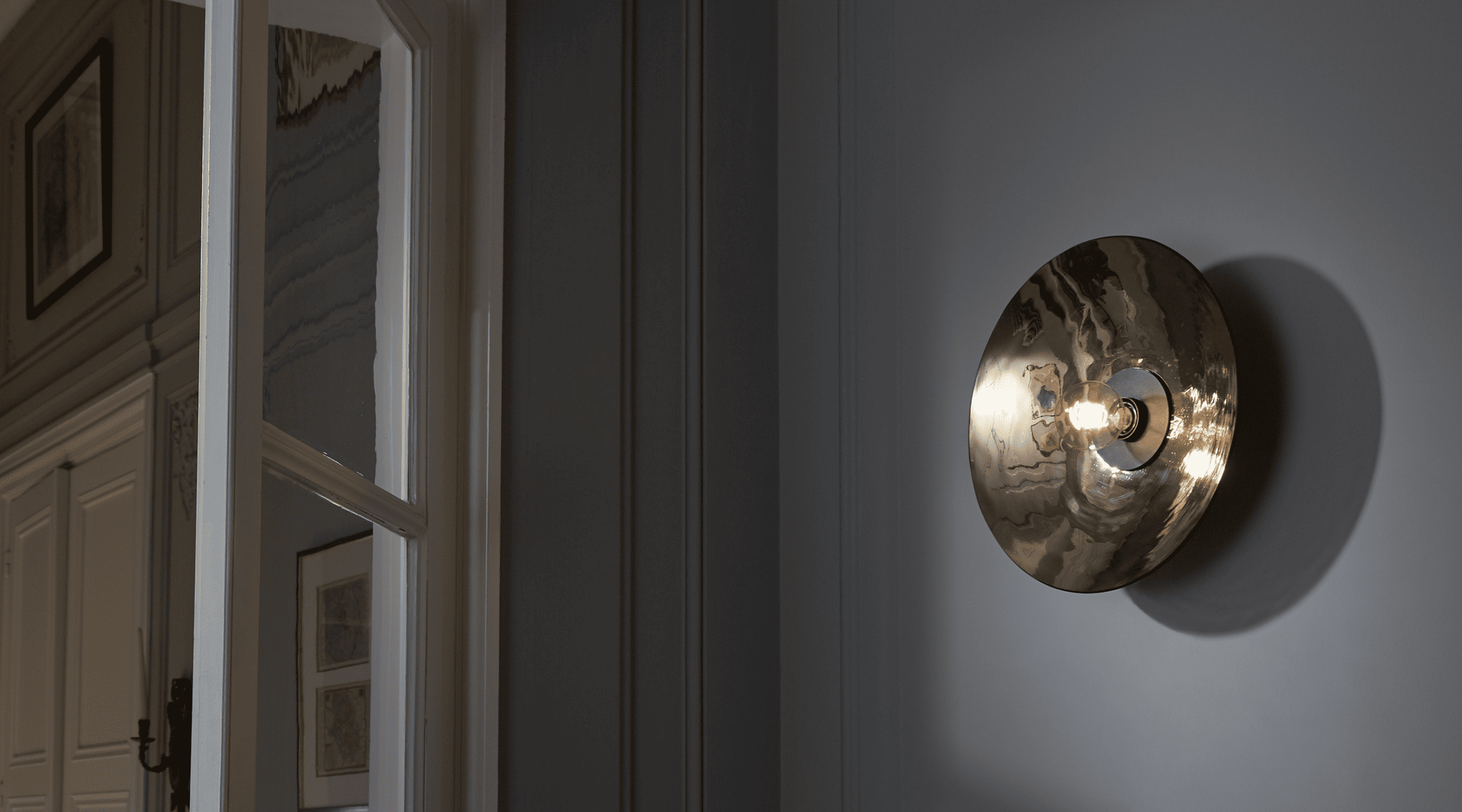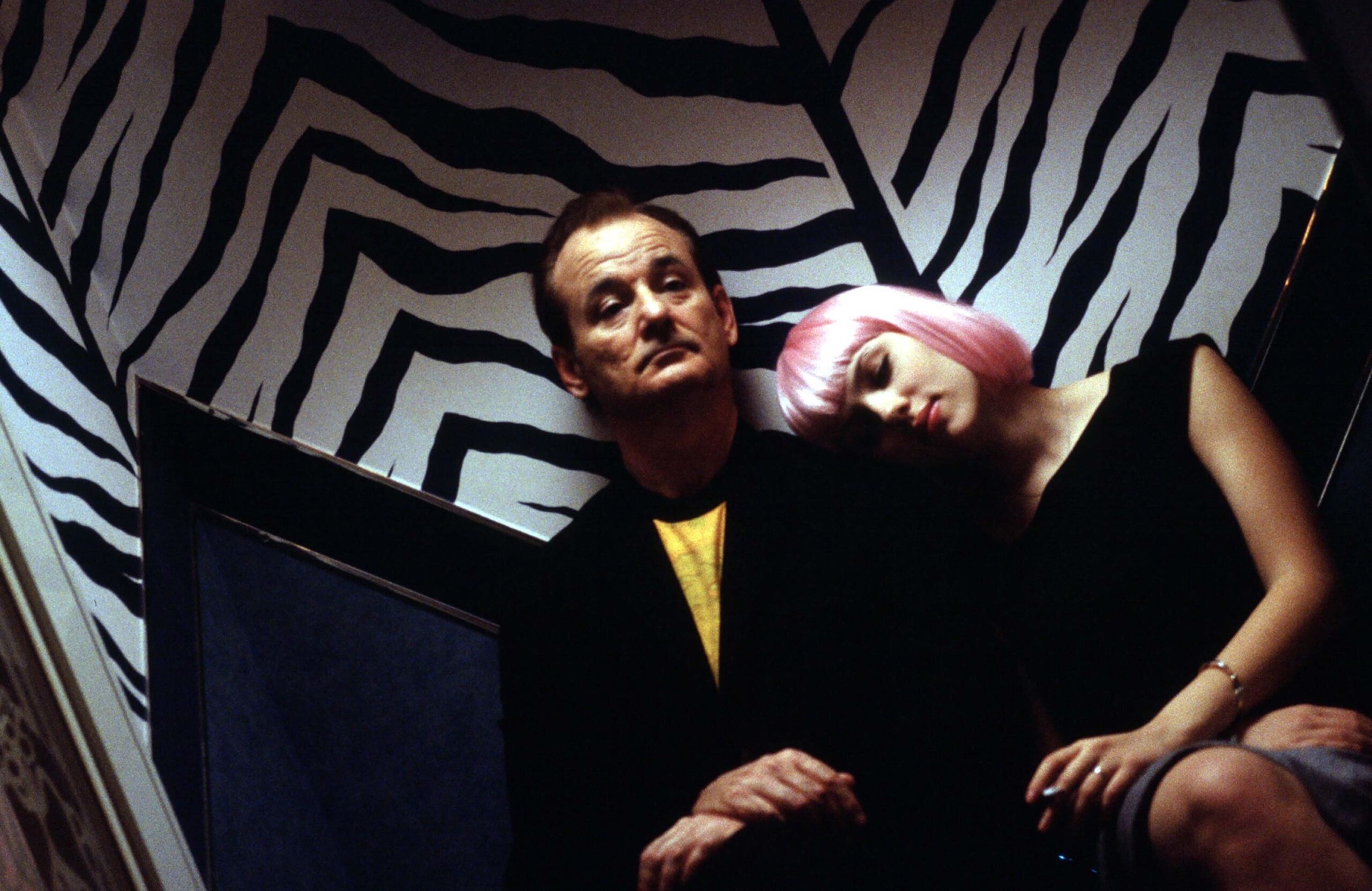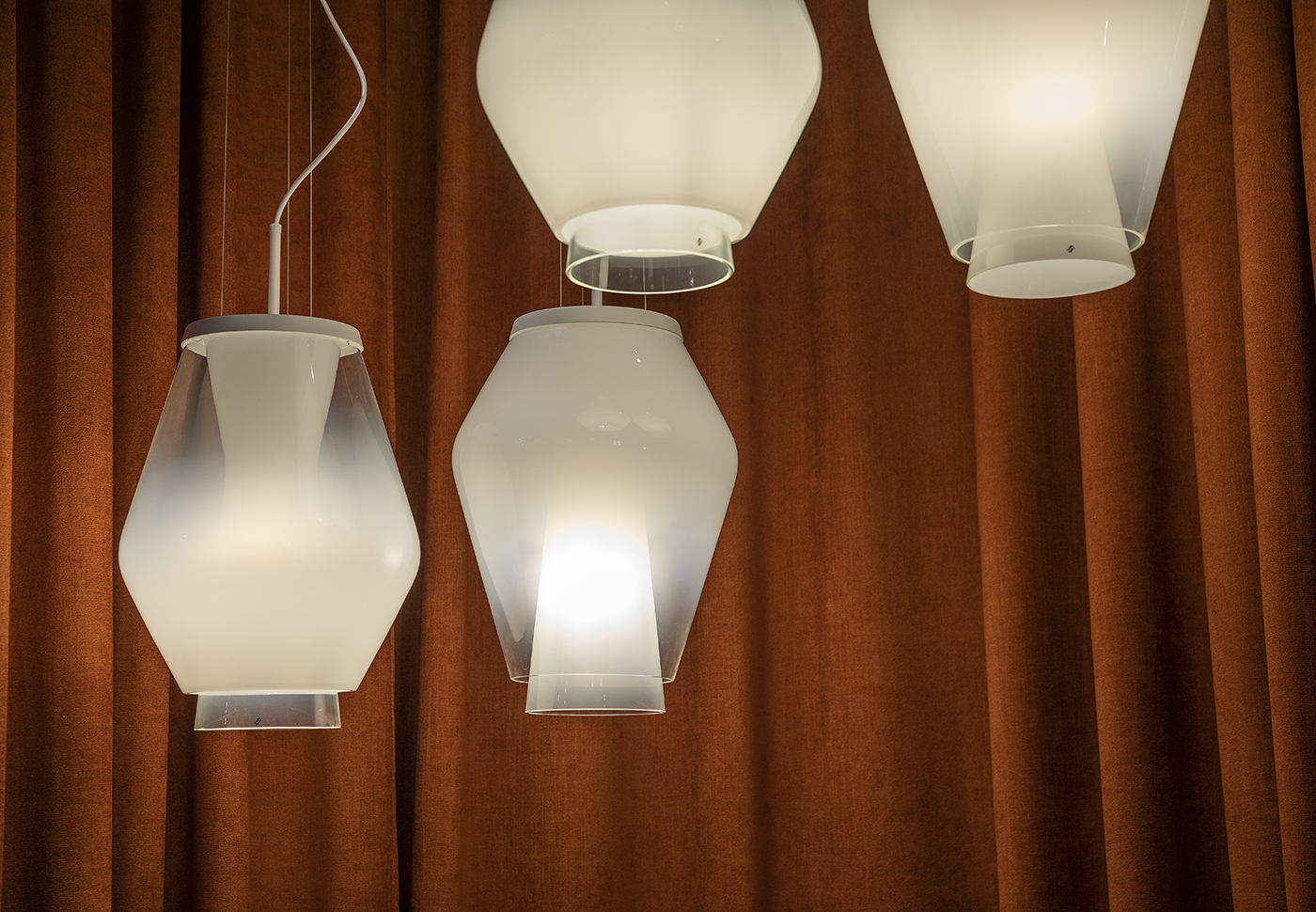The tone of light—whether warm or cool—affects our daily lives, our moods, and even our sleep-wake rhythm. While the choice between warmer or cooler light is often a matter of personal preference, it’s important to remember that cool light sources (like screens) can negatively impact sleep. Still, they enhance focus and quick reaction times.
Warm light, on the other hand, is better suited for relaxation, as it induces a sense of calm and peace.
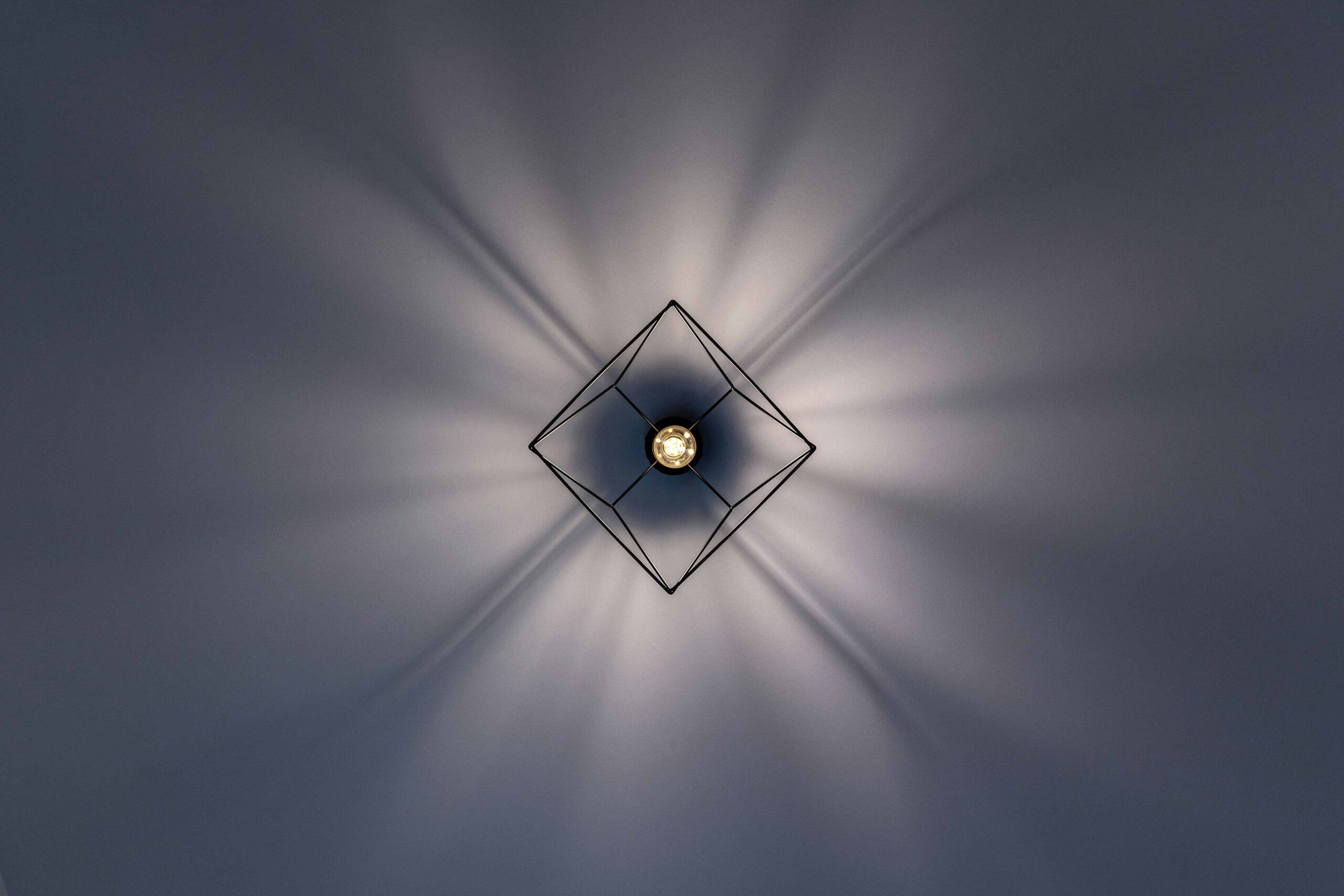
Warm or cool light? Let’s break it down.
Color temperature is measured in degrees Kelvin.
Between 2700K and 3000K, we’re in the warm light range, which appears yellow-orange.
Color temperatures from 4000K to 6500K fall into the cool light category—brighter, with bluish or pale blue tones. At around 3500–4000K, we talk about neutral light, closer to natural daylight. Halogen bulbs typically emit warm light, while LEDs and fluorescents can produce warm or cool light depending on the model.
Which light to use at home: warm or cool, room by room
Warm light is recommended in the living room and bedroom. Softer and more relaxing, it makes spaces feel cozy and welcoming. Dimmable lamps are a great option, allowing you to adjust brightness to suit different activities.
In the kitchen, you can play with various color temperatures: Use cool light above worktops and stoves to enhance visibility. Opt for a warm glow over the dining table or throughout the room for a more inviting atmosphere.
In the bathroom, a similar approach works: Use warm light for ambient lighting, but switch to cooler light around the mirror, where a sharper contrast is needed for grooming or applying makeup.
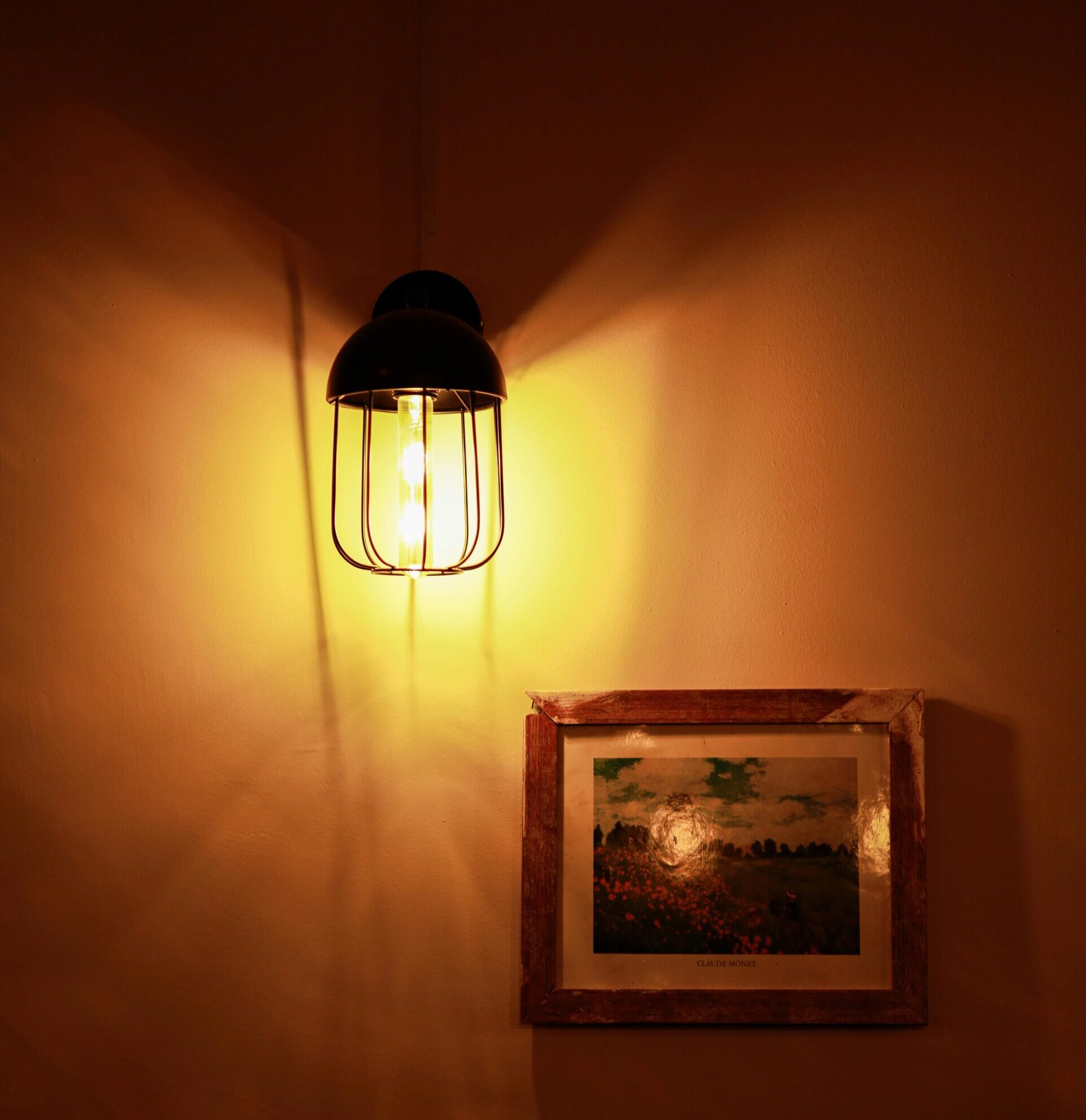
Bonus tip for garden and terrace lighting
For the outdoors, should you use warm or cool light? The advice is to use warm light for the table area, conversation corners, and lounge spaces, while cooler light works best for plants: bluish-white sources enhance the green tones of vegetation.


